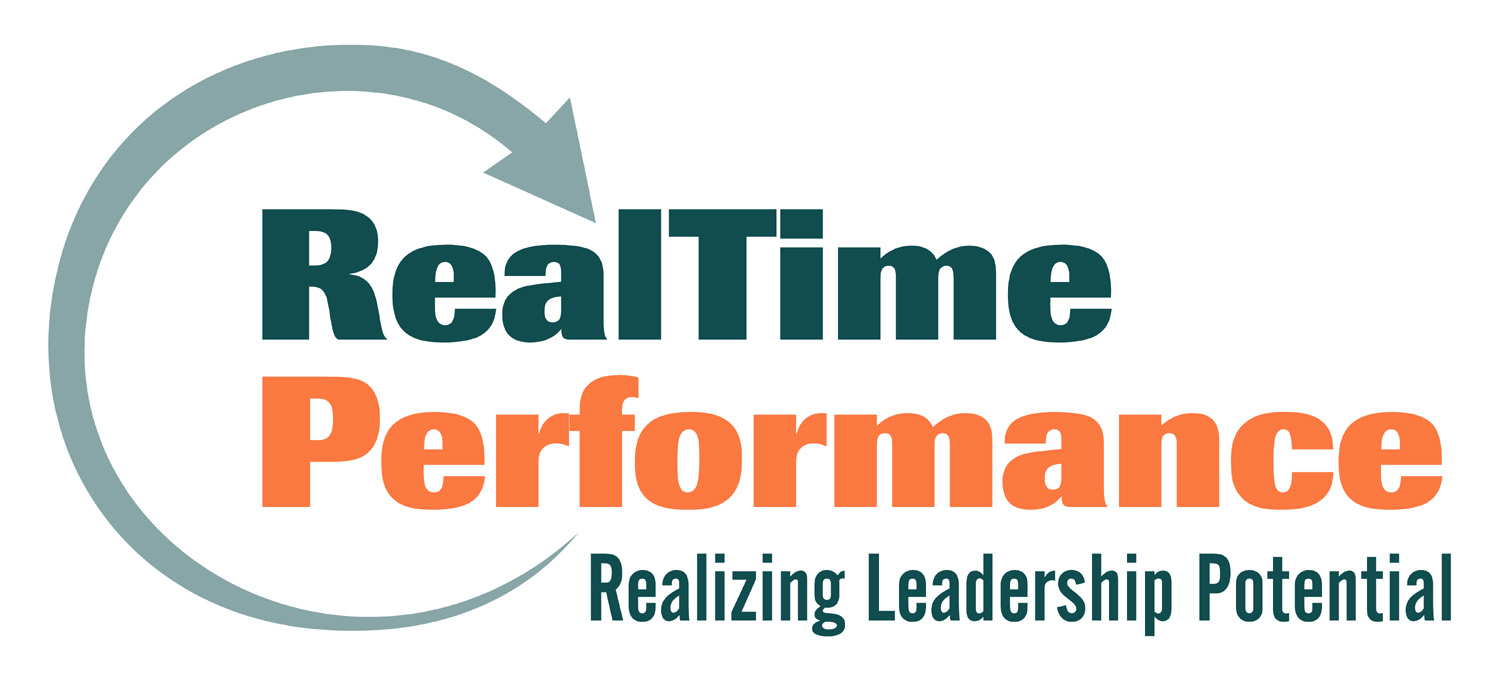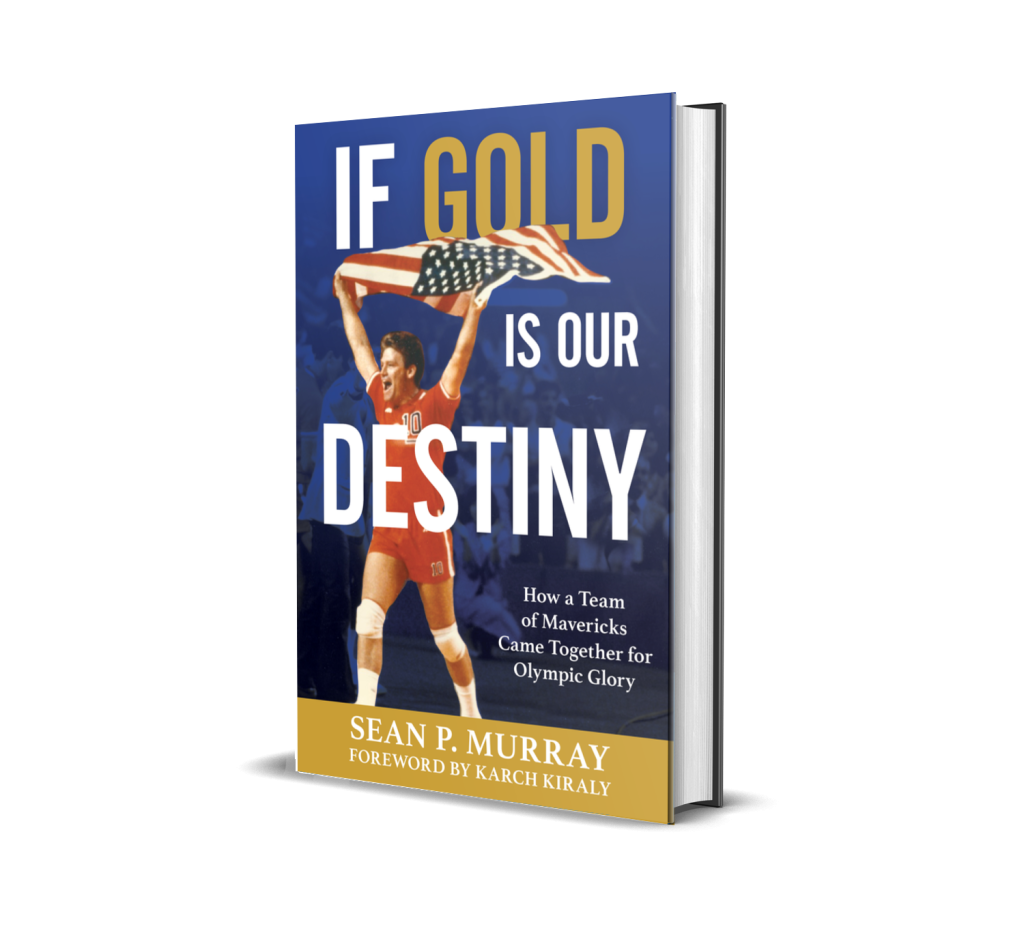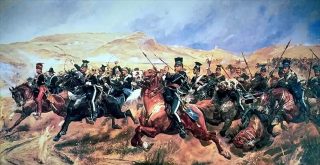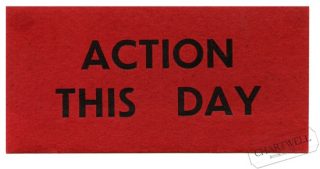If Gold Is Our Destiny
Leadership lessons from a gold-medal winning team
You’ve heard of the Miracle on Ice, the improbable victory of the U.S. hockey team over the Soviet Union at the Lake Placid Olympics in 1980. And maybe you’ve heard of the Boys in the Boat; the 1936 U.S. crew team that stunned the world by beating the Germans at the 1936 “Nazi” Olympics in Berlin.
Well, I’d like to introduce you to a third iconic American team that overcame incredible odds to achieve a gold medal and become the best in the world: the U.S. men’s volleyball team that competed in the 1984 Olympics in Los Angeles. I write about this team in my soon-to-be-released book, If Gold Is Our Destiny: How a Team of Mavericks Came Together for Olympic Glory.
Why this Book?
A few years ago, I set out to write a book about a team. I was looking for a story that would chronicle the long journey of how a group of individuals come together to form a team, capturing the elements that contribute to team success. I considered a number of historically great teams in business, sports and exploration, but nothing jumped out at me. I didn’t want to rehash a familiar story, rather I was looking for a team that transcended greatness during its era, but was now largely forgotten outside of its sport or domain.
Then it hit me. The team I was looking for was right under my nose. My father had been the team psychologist to the 1984 U.S. men’s volleyball team, and I had even attended their matches, as a 13 year old, at the 1984 Olympics in Los Angeles.
Like the crew team in 1936 and the hockey team in 1980, this team was an underdog. Despite having excellent talent, U.S men’s volleyball, before 1984, had never won a medal at the Olympics. In fact, they had never medaled at a major international tournament. At a World Cup in the 1970s, the U.S. finished 18th, two spots below Mongolia, a country with a population of two million.
There was one other fact about this team which made it special. I knew, from my father’s involvement, that the team participated in an Outward Bound course that involved a three-week snowshoeing adventure through the mountains of Utah in the middle of winter.
Intrigued, I called up Doug Beal, the coach of the 1984 team. As luck would have it, Beal had recently retired from the role of Executive Director of USA Volleyball, and he had both the time and inclination to help me with the research. In addition, the assistant coach, Bill Neville, was living in Seattle, my hometown. Between the two of them, they put me in touch with the players and others associated with the team and I was off and running.
From Under-achiever to Sustained Greatness
The more I learned about the team, the more impressed I was with their accomplishment. Not only did they win gold at the 1984 Olympics, but they went on to win the 1985 World Cup and the 1986 World Championships, the coveted “triple crown” of volleyball. And they won a second consecutive gold medal at the 1988 Olympics in Korea.
This remarkable team went from perennial under-achiever to the most dominant team in the world, and they changed how the sport was played. The team invented a unique approach to the game, dubbed the “American system.” Even today, teams play a variation of this system which was the result of players and coaches creatively working together and trying new strategies. As Beal told me about this incredible burst of innovation, “we weren’t afraid to look foolish.”
As I delved deeper into the research, the mystery of what exactly happened on that Outward Bound experience only deepened. It turns out the trip was highly controversial, and the players didn’t want to be there. The assistant coach described the players, at the time, as “world class athletes with world class egos,” and the coaches recognized the need for the players to gel as a team and build trust. The athletes, on the other hand, refused to accept an excursion into the wilderness as a valid part of their training, and even to this day many simply don’t acknowledge that it contributed to the team’s eventual success. The course was brutal – the players carried 70-pound packs over 100 miles and climbed 11,000 foot peaks. Yet somewhere in the snow-covered mountains of Utah, reliant on each other for survival, they learned how to become a team. When they returned to civilization, they started winning.
Leadership Lessons
In writing the book I had two objectives; (1) tell the incredible story of USA men’s national team from mediocrity in the 1970s to winning gold in 1984 and, (2) to distill lessons from how Doug Beal and his coaching staff molded a group of individuals into a team that became the best in the world.
My hope is for readers to both enjoy the story and learn something about what it takes to build a winning team and culture, including elements such as trust, commitment, hard work, empathy, creativity, reflection, alignment and leadership.
The book is published by Rowman and Littlefield and will be released July 13, 2022.
Over the coming weeks I will be sharing leadership lessons from the 1984 team and their epic quest for Olympic glory. What I learned from studying this team is as relevant today as it was forty years ago.
You can order your copy here.
You can also check out the latest reviews and media coverage here.
All the Best,
Sean Murray
Sean Murray is the founder of RealTime Performance, Inc., a leadership development firm based in Seattle, WA, and the author of If Gold Is Our Destiny: How a Team of Mavericks Came Together for Olympic Glory.




[…] Photo source: http://www.realtimeperformance.com […]